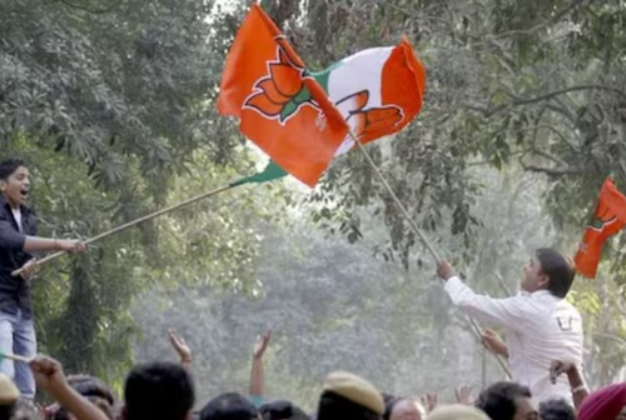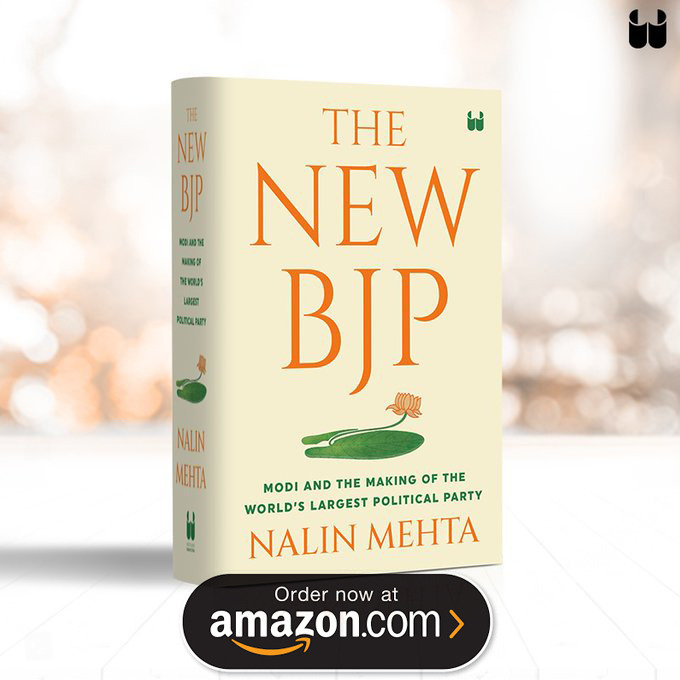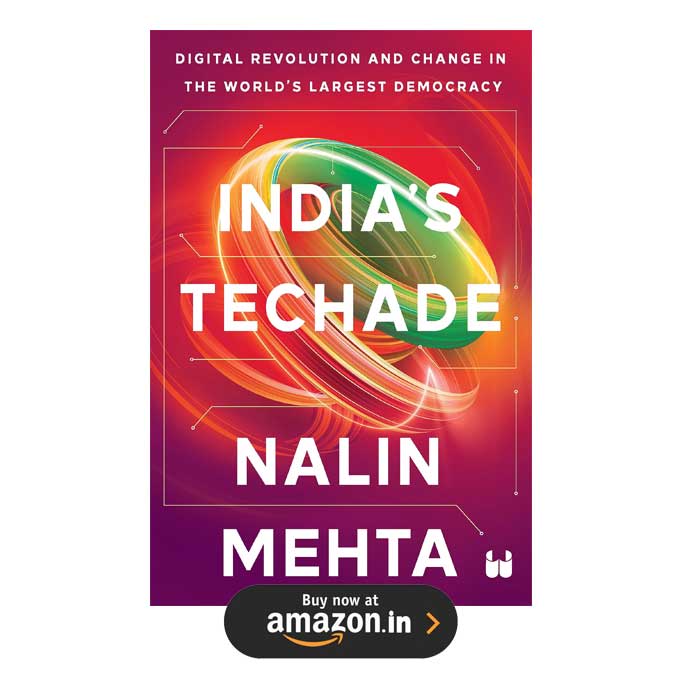This opinion was first published on news18.com | APRIL 26, 202.
The shaded grand courtyard of the Sree Siddaganga Math (monastery) in Tumkur, one of the oldest and most influential shrines of the Shiva-focused Lingayat sect, is an unlikely place for a political conversation. Nestled amid rocky hillocks that house several sacred caves, the monastery was founded in the 15th century as a Sharana (Shiva devotee) abode for spreading the teachings of the twelfth-century Lingayat statesman-saint-social reformer Basavanna. Trying to understand the famed influence of Lingayat voters in Karnataka politics, I once asked its president, Sri Sri Siddalinga Mahaswamigalu, about how his institution viewed politics.
The Havanur Commission’s findings, as political scientist Valerian Rodrigues has shown, led to strong protests by upper castes and a challenge in the Karnataka High Court, which upheld its findings. Subsequent Backward Classes Commissions in Karnataka — Venkataswamy Commission (1983-86) and Justice Chinnappa Reddy Commission (1988-90) — led to Vokkaligas also being classified as OBCs.

Politically, this meant that many Lingayat leaders drifted away from the Congress in the 1970s. They realigned, instead, with the anti-Congress JP movement.
The BJP’s rise in Karnataka owes a great deal to the Lingayat vote shifting away from the Congress and towards the BJP from the 1990s. This especially gathered momentum after the unceremonious sacking of Veerendra Patil as chief minister by Rajiv Gandhi in 1990 (more details in part 3 of this series).
Read full opinion on news18.com
This opinion was first published on news18.com | APRIL 26, 202.


